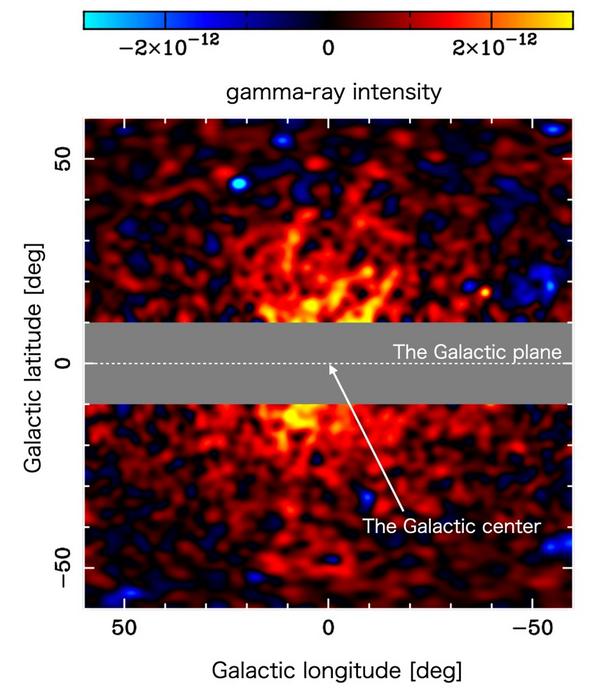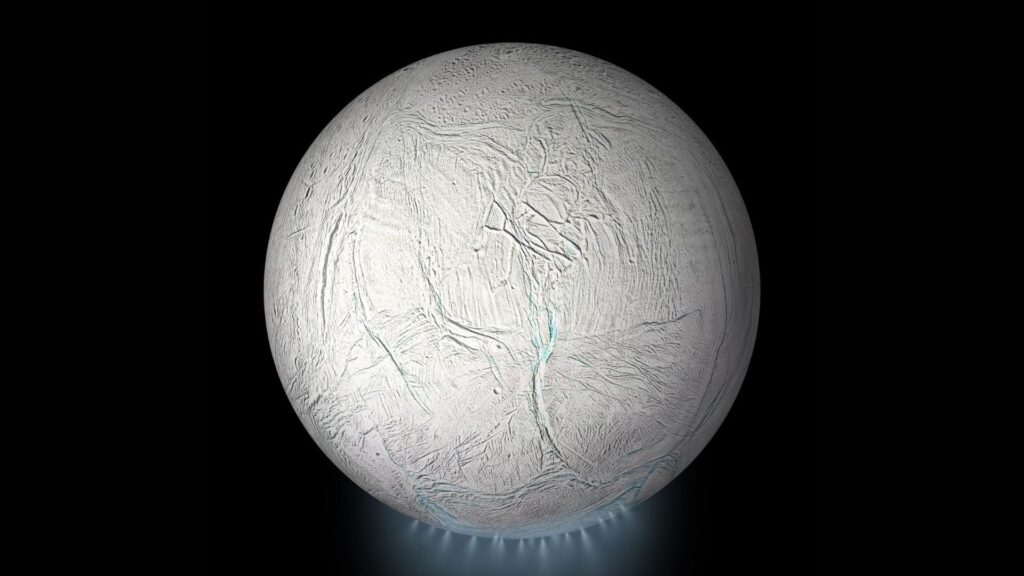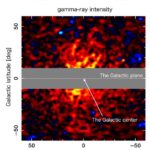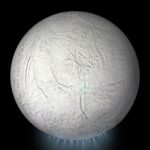Now Reading: Nearly invisible asteroids around Venus could threaten Earth — but don’t worry, not for a while
-
01
Nearly invisible asteroids around Venus could threaten Earth — but don’t worry, not for a while
Nearly invisible asteroids around Venus could threaten Earth — but don’t worry, not for a while
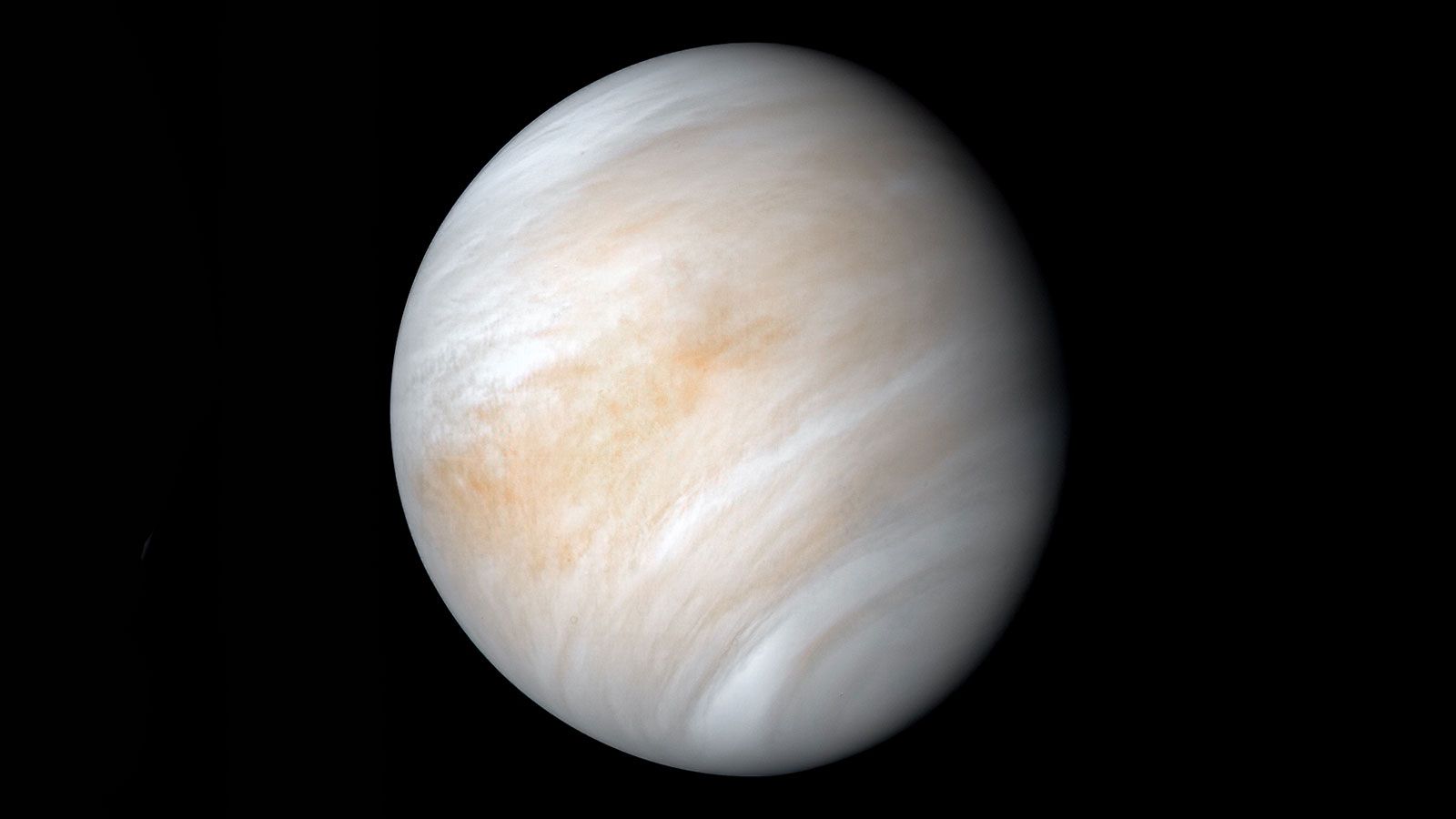
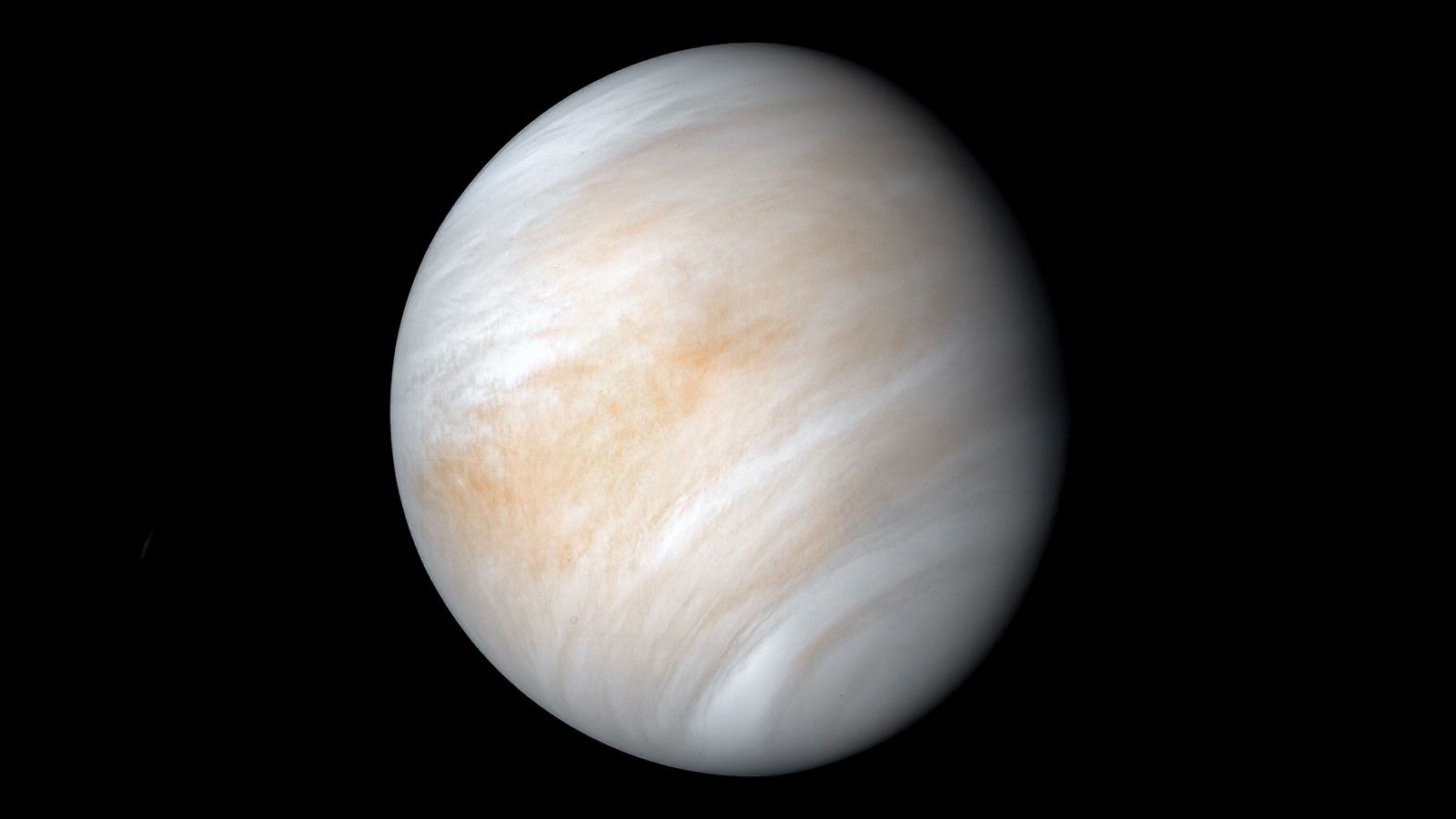
A hidden population of asteroids sharing Venus’ orbit could threaten Earth in a few thousand years, and we might not even see them coming without better telescopes.
These so-called Venus co-orbital asteroids are currently undetected because of their alignment in the sky but could one day drift into Earth’s path, at least according to simulations combining analytical models and long-term orbital integration.
“Our study shows that there’s a population of potentially dangerous asteroids that we can’t detect with current telescopes,” Valerio Carruba, first author and professor at São Paulo State University (UNESP), said in a statement.
Unlike asteroids in the main belt between Mars and Jupiter, these objects orbit the sun near Venus in a one-to-one resonance, completing one solar circuit in the same time as Venus. As such, these asteroids are only in the line-of-sight of a telescope when the telescope is pointed sunward, making it very difficult to see anything else but the bright yellow ball in the sky.
However, though 20 known Venus co-orbitals exist, nearly all of them exhibit eccentricities greater than 0.38, placing them partly outside the sunward observational blind spots, making them easier to detect during dawn and dusk observation windows. Models suggest a far larger cohort of low-eccentricity bodies orbit too tightly around the sun to be detected by ground telescopes — except under very specific conditions.
The newly operational Vera C. Rubin Observatory, for example, may only catch the brightest of these asteroids if they happen to stray more than 20 degrees above the horizon. The unstable nature of these objects’ orbits, however, means there’s no way to predict when that will happen, and Rubin can’t just stare at the sun all year and wait for them to show up.
As such, the researchers propose using space-based instruments like NASA’s Near-Earth Object (NEO) Surveyor to better monitor the region to identify and track these co-orbitals.
This sounds like Venus’ problem. Why are we concerned?
Researchers say their simulations show that asteroids up to 328 yards (300 meters) wide could be among these hidden co-orbitals, and that the push and pull of gravity in the region makes the eccentricities of these orbits unstable.
One orbit could see an asteroid keeping fairly close to Venus, while later orbits could put it dangerously close to Earth’s, possibly every few thousand years or so. “During these transition phases, the asteroids can reach extremely small distances from Earth’s orbit, potentially crossing it,” Carruba says.
If one of these particular asteroids ever gets pushed into Earth’s path, an impact event could carve a crater 1.9 to 2.8 miles (3 to 4.5 kilometers) across and unleash energy on the order of hundreds of megatons.
“An impact in a densely populated area would cause large-scale devastation,” Carruba says, adding “Planetary defense needs to consider not only what we can see, but also what we can’t yet see.”
The study is described in a paper published in the July edition of the journal Astronomy & Astrophysics
Stay Informed With the Latest & Most Important News
Previous Post
Next Post
-
 012024 in Review: Highlights from NASA in Silicon Valley
012024 in Review: Highlights from NASA in Silicon Valley -
 02Panasonic Leica Summilux DG 15mm f/1.7 ASPH review
02Panasonic Leica Summilux DG 15mm f/1.7 ASPH review -
 03How New NASA, India Earth Satellite NISAR Will See Earth
03How New NASA, India Earth Satellite NISAR Will See Earth -
 04And Thus Begins A New Year For Life On Earth
04And Thus Begins A New Year For Life On Earth -
 05Astronomy Activation Ambassadors: A New Era
05Astronomy Activation Ambassadors: A New Era -
06SpaceX launch surge helps set new global launch record in 2024
-
 07Space Force plans new ‘Futures Command’ amid pressure to speed up modernization
07Space Force plans new ‘Futures Command’ amid pressure to speed up modernization












